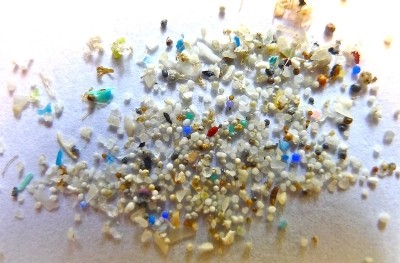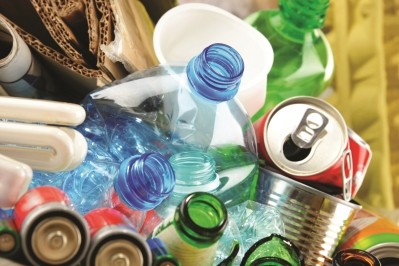FDF expert ‘would welcome’ research on micro-plastics in bottled water

Concerns were raised when research revealed last week indicated that major brands of water contained tiny particles of plastic.
Tests conducted at the State University of New York in Fredonia found that 93% of bottled water from across the globe showed some sign of microplastic contamination. The research tested 259 individual bottles from 27 different lots across 11 brands purchased from 19 locations in 9 countries.
This is the latest plastic concern to affect food and drink manufacturers following concerns about bisphenol A (BPA) which is present as an internal coating for cans and in some plastics.
New and Emerging
“The issue of micro-plastics is a new and emerging area,” Munday told Food Manufacture. “As food safety is our top priority, we would welcome further research on this topic – particularly to assess any potential associated risks and their management.
Steve Thomas, head of applied science at Cambridge Consultants dismissed the concerns.
“Drinking bottled water directly out of the bottle is likely to result in us ingesting fewer particles than if we take a glass out of the cupboard, fill it from the tap and then drink it slowly while walking around the office,” he said.
Microplastics
Meanwhile, David Andrew, principal consultant, Human Health, Toxicology, TSG Consulting (part of Science Group) said: “Microplastics are usually defined as particles less than 5mm; these are likely to pass through the body if ingested with water and so present little harm to human health.
“In this particular study, the majority of particles identified were actually much smaller (less than 0.1 mm / 100 um); however there are still no clear health concerns and no nanoparticles were detected. The findings also appear to indicate that a large proportion of the particles originate from the bottle cap.”
















